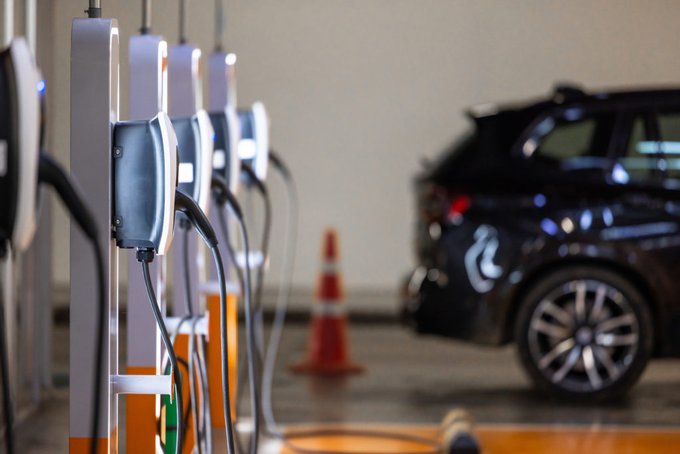The global battery market is undergoing a significant transformation, driven by surging demand and declining prices, according to the latest report from the International Energy Agency (IEA). This shift marks a crucial phase in the energy transition, with implications for electric vehicles (EVs), renewable energy storage, and various industrial applications.
Rising Demand for Batteries
The demand for batteries, particularly lithium-ion variants, has been on a sharp incline in recent years. This growth is fueled by the expansion of the electric vehicle industry, grid-scale energy storage solutions, and consumer electronics. The IEA highlights that global battery demand grew by over 40% in 2023, with expectations of sustained double-digit growth in the coming years.
Electric vehicles remain the primary driver of this demand, with sales increasing across major markets such as China, the United States, and Europe. Governments worldwide are implementing stricter emissions regulations and offering incentives for EV adoption, further accelerating battery deployment.
In addition to transportation, batteries are playing a vital role in renewable energy integration. As wind and solar power generation expand, efficient energy storage solutions are necessary to manage grid stability and ensure continuous power supply. Utility-scale battery storage projects are increasing, further contributing to the rising demand.
Falling Battery Prices: A Game Changer
While demand surges, battery prices are experiencing a steady decline. The IEA report indicates that lithium-ion battery prices fell by approximately 14% in 2023, continuing a decade-long trend of decreasing costs. This price drop is attributed to technological advancements, economies of scale, and improved supply chain efficiency.
Key factors contributing to lower prices include:
Advancements in Battery Chemistry: Research into new materials such as solid-state batteries and sodium-ion alternatives is improving energy density and reducing reliance on costly raw materials like cobalt and nickel.
Increased Manufacturing Capacity: Major battery manufacturers, including CATL, LG Energy Solution, and Panasonic, are expanding production facilities globally, enhancing efficiency and reducing per-unit costs.
Improved Recycling Processes: Enhanced recycling technologies are allowing for the recovery and reuse of critical materials, lowering production costs and reducing dependency on mining.
Implications for Industries and Consumers
The combination of rising demand and falling prices presents opportunities and challenges for various stakeholders:
Automotive Sector: Lower battery costs are making electric vehicles more affordable, improving their competitiveness against traditional internal combustion engine vehicles.
Renewable Energy Integration: Cheaper batteries enable cost-effective storage solutions, making renewable energy more reliable and attractive for large-scale adoption.
Battery Manufacturers: While demand growth presents opportunities, price declines may pressure profit margins, necessitating continuous innovation and efficiency improvements.
Raw Material Suppliers: The evolving battery market is reshaping the supply chain for lithium, cobalt, and nickel, encouraging exploration of alternative materials.

